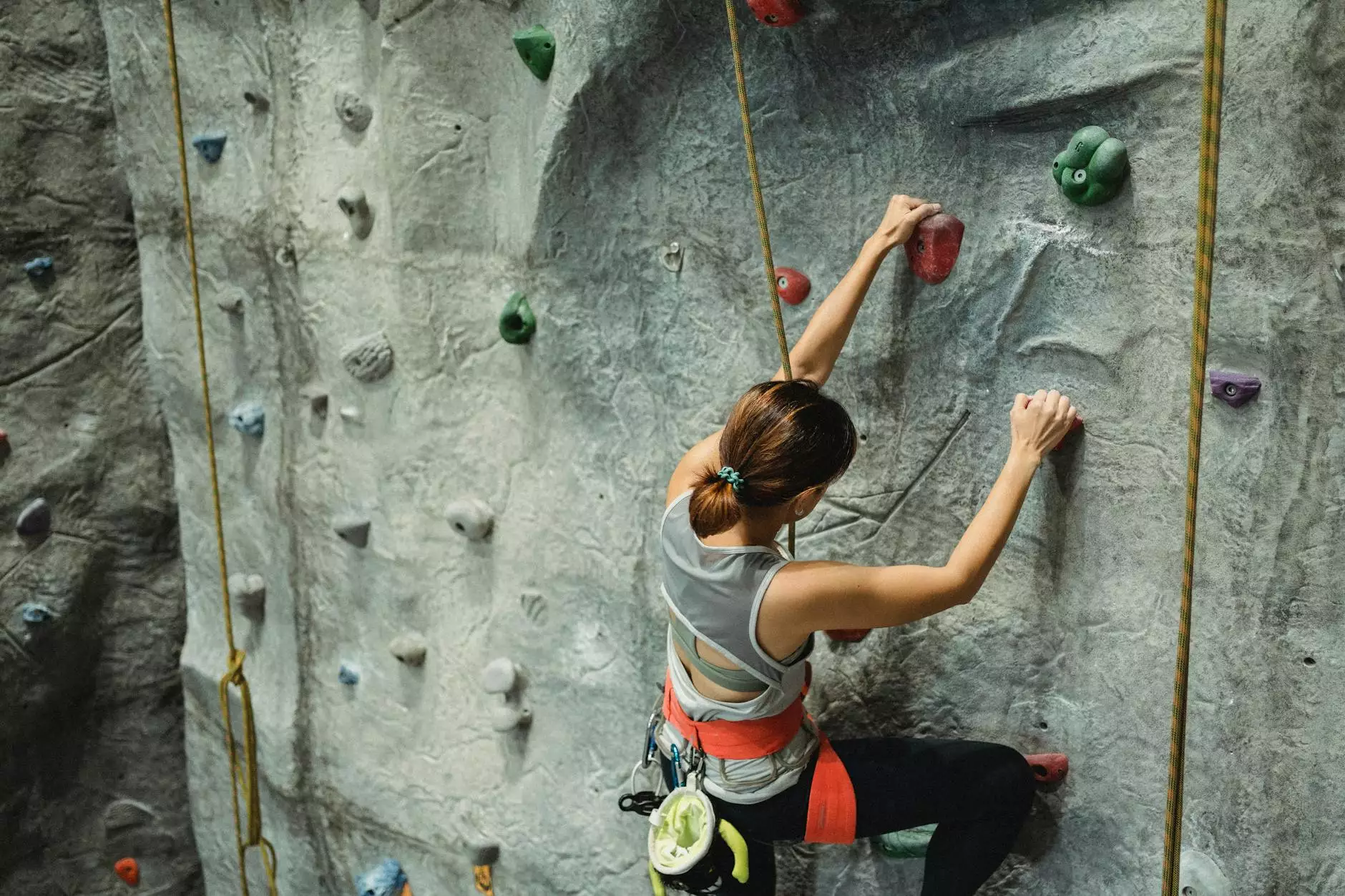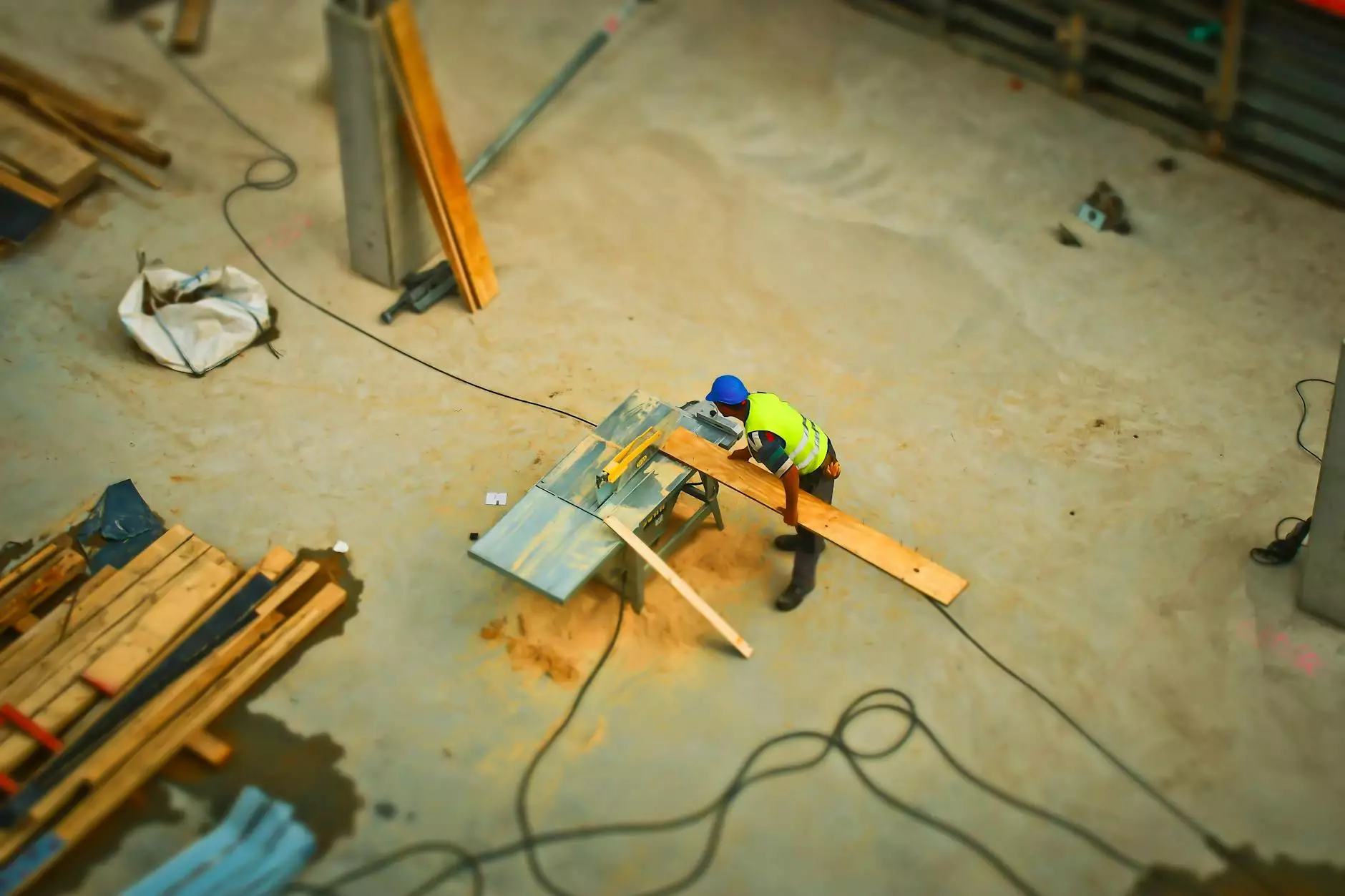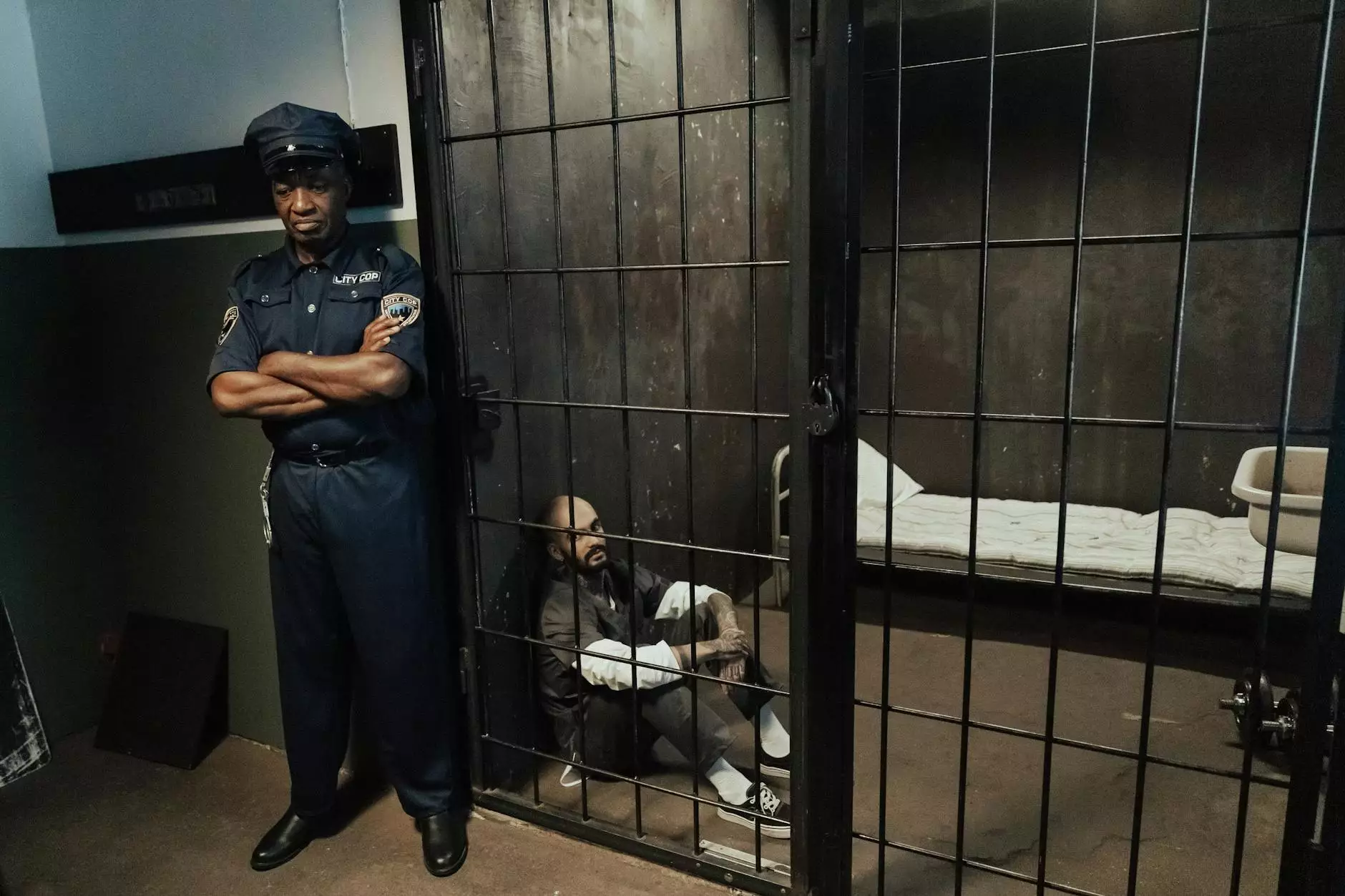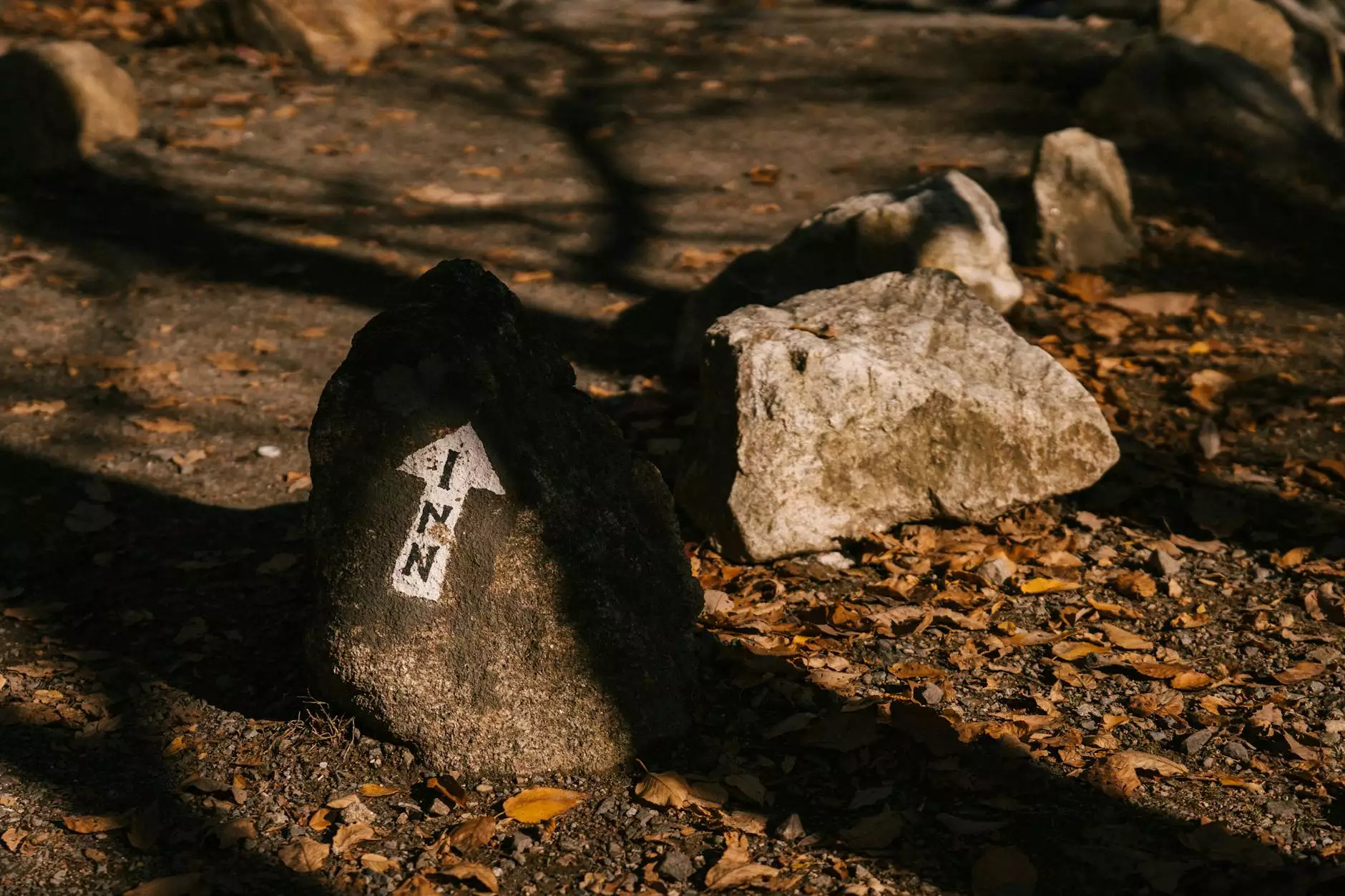Motorcycle Safety
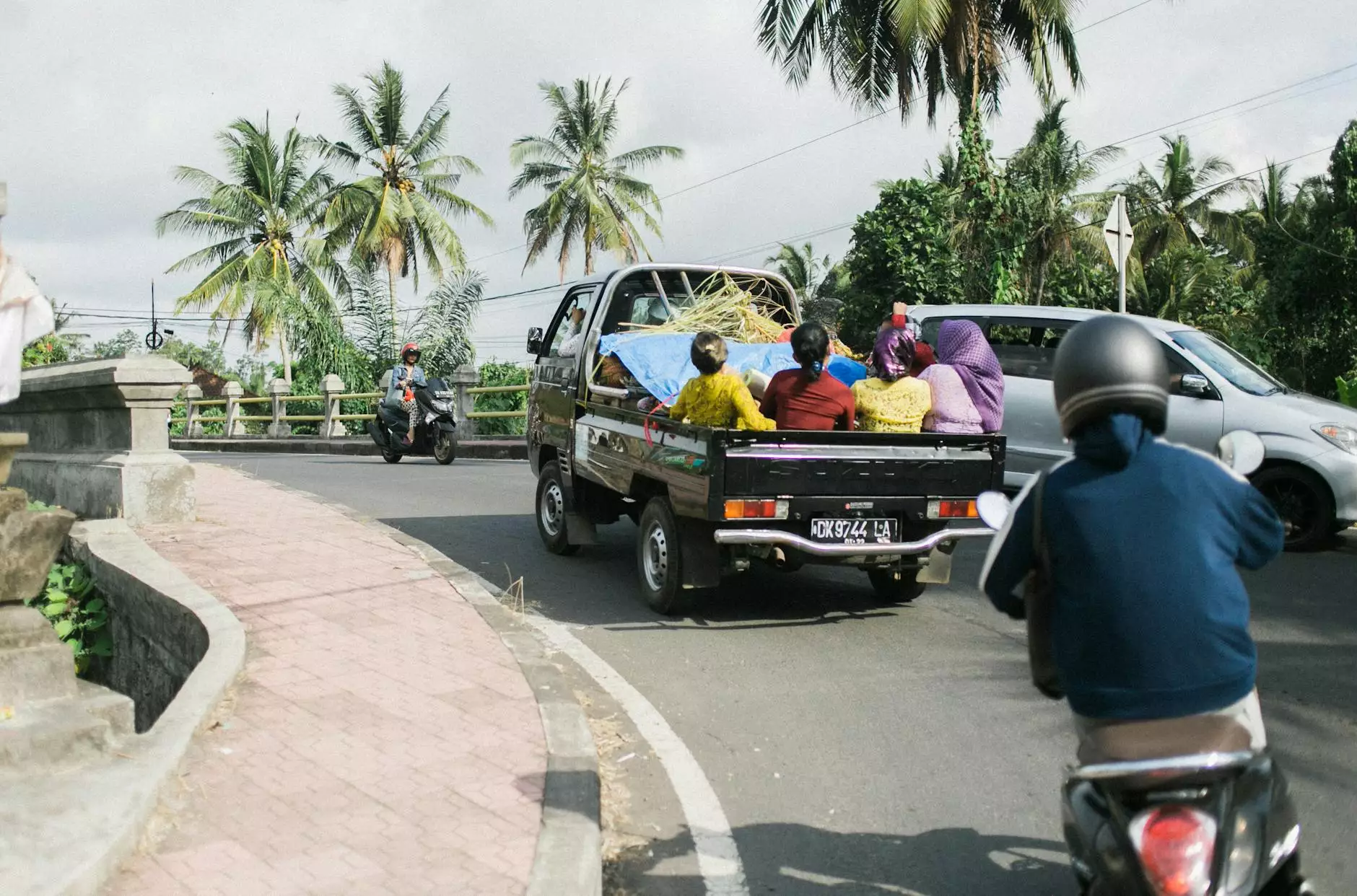
The Importance of Motorcycle Safety
Riding motorcycles can be an exhilarating experience that allows you to feel a unique sense of freedom on the open road. However, it is crucial to prioritize safety while riding to ensure a positive and enjoyable experience. This comprehensive guide aims to provide you with essential tips, techniques, and best practices to enhance your motorcycle safety.
Gear Up for Safety
One of the first steps towards ensuring motorcycle safety is wearing appropriate gear. Protective gear, such as a helmet, gloves, jacket, pants, and boots, can significantly reduce the risk of injuries in case of an accident. Invest in high-quality gear designed specifically for motorcycle riders, as it provides enhanced protection and comfort.
The Motorcycle Helmet
The helmet is arguably the most crucial piece of protective gear for a motorcyclist. It helps protect the head, reducing the risk of traumatic brain injuries in the event of a crash. Choose a helmet that meets safety standards and fits properly. Remember to replace your helmet if it sustains any damage, as compromised protection could prove fatal.
Master the Basics
Becoming a skilled and confident rider starts with mastering the basics of motorcycle operation. Attend a certified motorcycle training course where you will learn fundamental skills, such as proper braking, turning, and controlling the motorcycle. Knowledge of traffic rules, road signs, and defensive riding techniques is also essential for safe navigation on the roads.
Defensive Riding Techniques
Practicing defensive riding techniques can significantly improve your safety on the road. Be aware of your surroundings, anticipating potential hazards and ensuring a safe following distance. Stay visible to other drivers by using your motorcycle's lights and wearing reflective gear. Avoid riding in blind spots and always be prepared to react to unexpected situations.
Weather Conditions
Weather conditions greatly influence the safety of motorcycle riding. Ride cautiously in adverse conditions such as rain, strong winds, or fog. Reduce your speed and increase the distance between you and other vehicles. Be aware of the road surface, as it may become slippery. Properly maintaining your motorcycle, including checking tire condition and tire pressure, is crucial for optimal safety in various weather conditions.
Riding Etiquette and Communication
Developing good riding etiquette and effective communication skills on the road is beneficial for your safety and the safety of others. Always use your motorcycle's signals to indicate your intentions to other drivers. Make eye contact with drivers to ensure they have seen you. Ride predictably, obey traffic laws, and avoid aggressive maneuvers.
Maintain Your Motorcycle
Regular maintenance is vital for keeping your motorcycle in optimal condition, ensuring both performance and safety. Follow the manufacturer's recommended maintenance schedule, which includes tasks like oil changes, chain lubrication, tire inspections, and brake checks. Regularly inspect the lights, mirrors, and other essential components to ensure they are functioning properly.
Conclusion
Prioritizing motorcycle safety is crucial for every rider. By wearing proper protective gear, mastering the basics, practicing defensive riding techniques, and maintaining your motorcycle, you can greatly reduce the risk of accidents and injuries. Remember, safety should always be your top priority, allowing you to enjoy the thrill of motorcycle riding with peace of mind.
